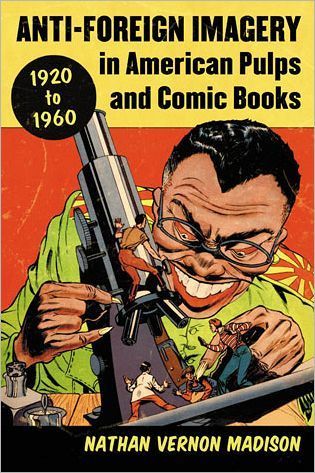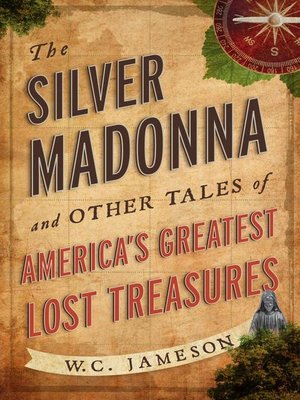 In this thorough history, the author demonstrates, via the popular literature (primarily pulp magazines and comic books) of the 1920s to about 1960, that the stories therein drew their definitions of heroism and villainy from an overarching, nativist fear of outsiders that had existed before World War I but intensified afterwards. These depictions were transferred to America's "new" enemies, both following U.S. entry into the Second World War and during the early stages of the Cold War.
In this thorough history, the author demonstrates, via the popular literature (primarily pulp magazines and comic books) of the 1920s to about 1960, that the stories therein drew their definitions of heroism and villainy from an overarching, nativist fear of outsiders that had existed before World War I but intensified afterwards. These depictions were transferred to America's "new" enemies, both following U.S. entry into the Second World War and during the early stages of the Cold War.Anti-foreign narratives showed a growing emphasis on ideological, as opposed to racial or ethnic, differences--and early signs of the coming "multiculturalism"--indicating that pure racism was not the sole reason for nativist rhetoric in popular literature.
The process of change in America's nativist sentiments, so virulent after the First World War, are revealed by the popular, inexpensive escapism of the time, pulp magazines and comic books.
synopsis from amazon.com
 The twenty-four tales in this book are of the most famous lost treasures in America, from a two-foot statue reportedly made entirely of silver (the “Madonna”) and a cache of gold, silver, and jewelry that was rumored to also contain the first Bible in America to seventeen tons of gold—its value equal to the treasury of a mid-sized nation—buried somewhere in northwestern New Mexico. What makes these tales even more compelling is that none of these known-to-be-lost treasures have been discovered, although modern detecting technology has made them eminently discoverable.
The twenty-four tales in this book are of the most famous lost treasures in America, from a two-foot statue reportedly made entirely of silver (the “Madonna”) and a cache of gold, silver, and jewelry that was rumored to also contain the first Bible in America to seventeen tons of gold—its value equal to the treasury of a mid-sized nation—buried somewhere in northwestern New Mexico. What makes these tales even more compelling is that none of these known-to-be-lost treasures have been discovered, although modern detecting technology has made them eminently discoverable. synopsis from amazon.com

Though much has been written and speculated about the nature of the personal relationship between renowned reporter Lorena Hickok and First Lady Eleanor Roosevelt, Hickok’s 18-month journey across the country during the worst period of the Depression, and her subsequent influence on Eleanor and FDR’s response to the economic and social crisis, is by far the more fascinating and historically significant story. Unearthing masses of primary resources, including the daily letters that passed between Lorena and Eleanor, Golay provides an intimate glimpse into the afflicted heartland as Hickok crisscrossed the nation at the behest of FDR advisor Harry Hopkins. Her razor-sharp eyewitness accounts of the poverty and the desperation that afflicted ordinary Americans on a daily basis in 1933 constituted a humanized touchstone for architects of the New Deal still ironing out the specifics of the unprecedented economic-recovery programs. An invaluable contribution to the scholarship of the era.
review from Booklist
No comments:
Post a Comment